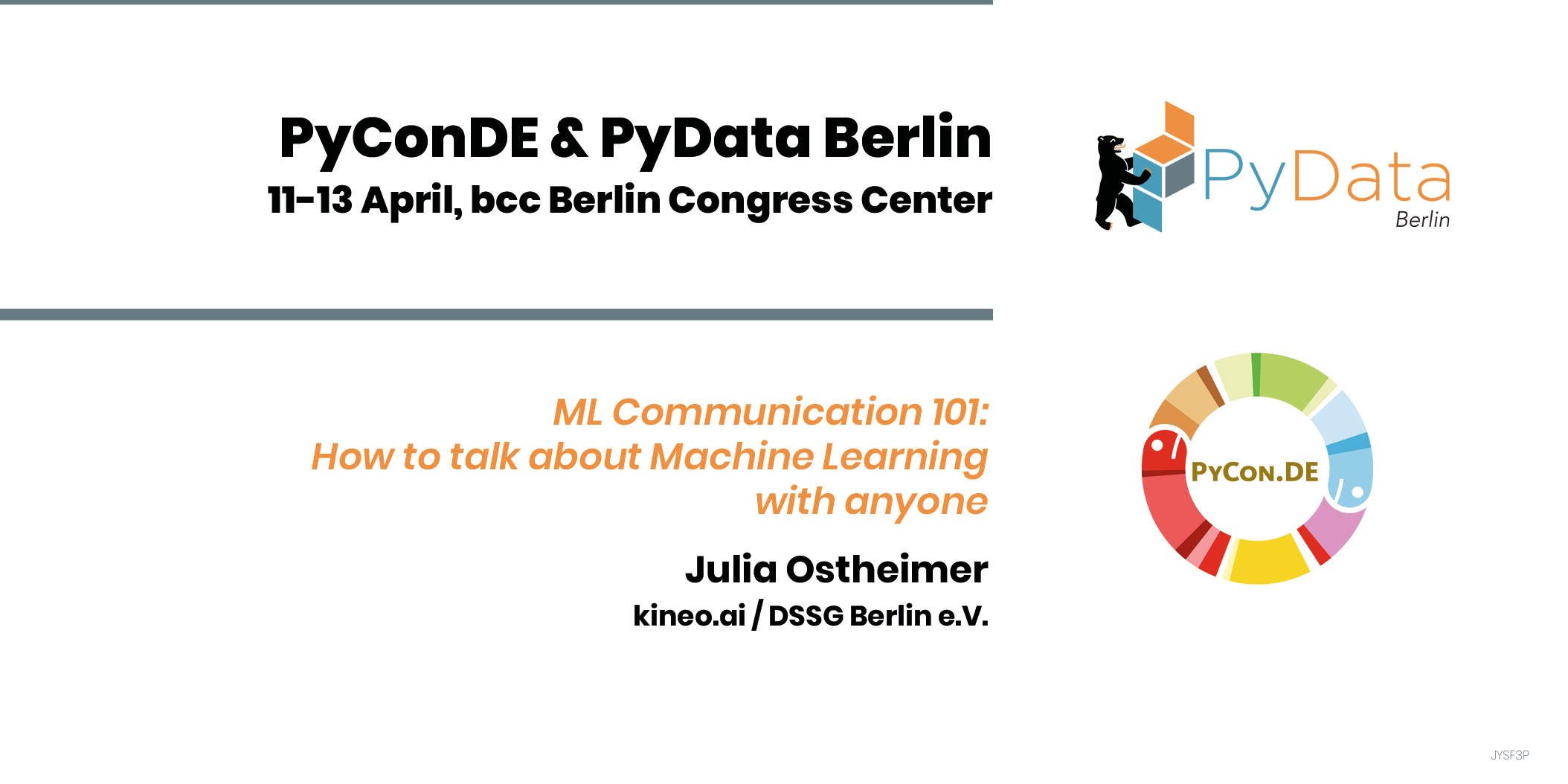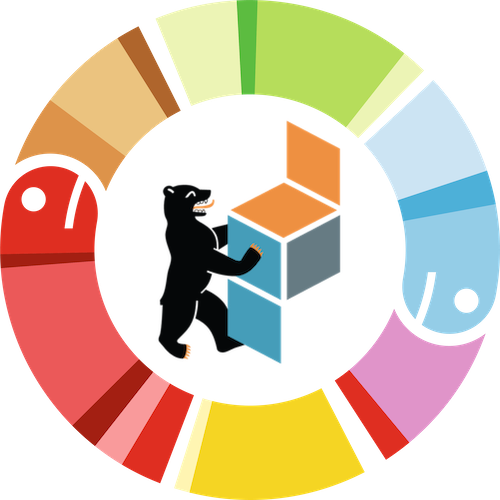ML Communication 101: How to talk about Machine Learning with anyone
Julia Ostheimer
While data scientists working in industry mostly share their knowledge through Medium articles and easy-to-digest blog posts, research scientists write up their findings in papers using formal and scholarly language. While working in the same domain of Machine Learning (ML), there are already significant communicational differences between different types of occupations. At least, all peers of the ML community will directly relate when you talk about overfitted models or biased data. But what if you have to explain this to your product owner or - worst case - your grandparents?
This tutorial addresses the challenges of communicating ML results to an audience that is not familiar with ML concepts. This essential skill is of greatest importance when working as a Data Scientist or when communicating with non-technical stakeholders within ML projects.
By attending this tutorial, you will have learned how to translate ML terms into the everyday language of the audience. It will be an interactive tutorial to share our experiences working with diverse backgrounds on ML projects. The session is relevant for anyone working or volunteering in Machine Learning who is communicating with non-technical stakeholders.
Julia Ostheimer
Affiliation: kineo.ai / DSSG Berlin e.V.
After working as a Project Manager, I have been doing a deep dive into the world of artificial intelligence. My thesis focused on human-in-the-loop computing, a machine learning approach to achieve high-accuracy algorithms by combining machine intelligence with human domain expertise. Since then, I am working & volunteering in the field of Data Science & Machine Learning always interested to learn and apply new knowledge of AI and ML research.

